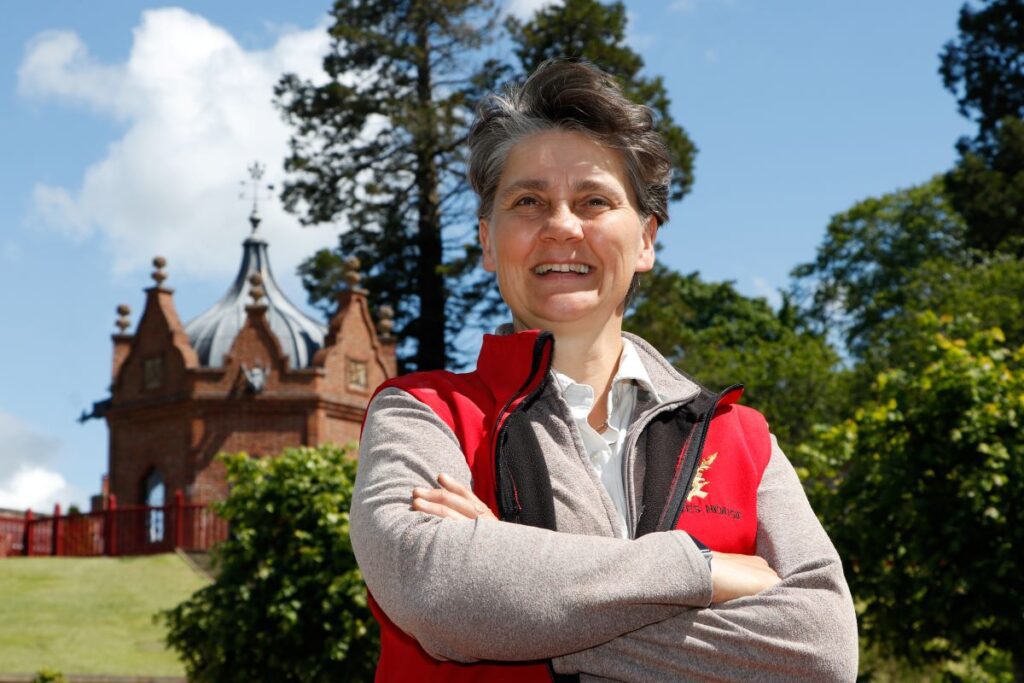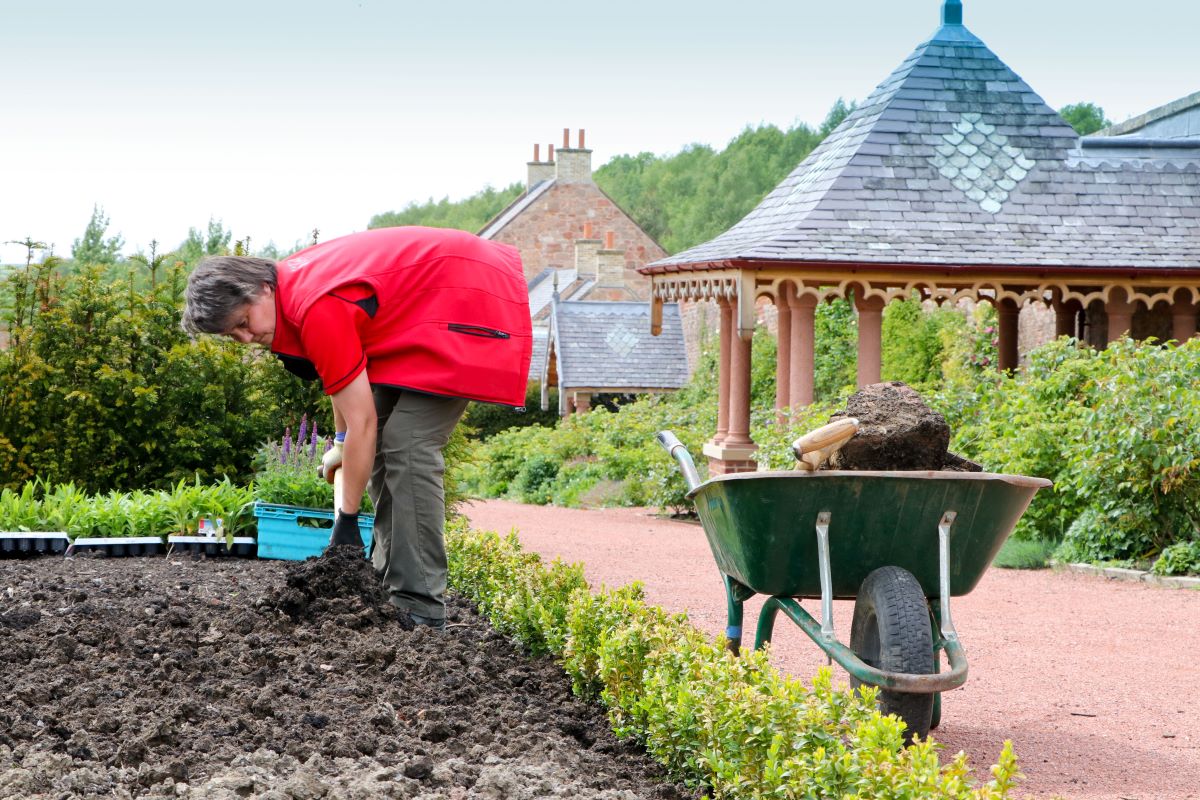
Life With Dumfries House: ‘King Charles wills you to do your very best, I have never had a boss with so much passion’
Head of horticulture for The King’s Foundation, Melissa Simpson, talks to Scottish Field about her love of gardening as a child, her work overseeing the gardens at Dumfries House and Highgrove and what makes King Charles such a special boss
As the daughter of a father who served in the forces, I grew up in amazing places like Singapore, Germany, and Cyprus, but I’m a Yorkshire woman at heart.
My great-great-grandfather was a market gardener, so I guess horticulture is in my blood. My mum and my nanny were a massive influence as they too were gardening enthusiasts.
From an early age, I knew I wanted to work in a garden. I left school and went onto a youth training scheme with Leeds City Council’s parks department, where many budding gardeners developed their skills.
From there I studied at Askham Bryan College in York and then at Pershore College in Worcestershire for the Master of Horticulture. My first full-time Head Gardener’s job working for a private family near Swaffham in Norfolk.
After that, I was appointed higher botanical horticulturist at Kew Gardens and then spent five years at The National Trust for England, Northern Ireland, and Wales as a horticultural taxonomist.
I moved to Scotland and worked with The National Trust for Scotland as a gardens and designed landscape advisor for the south of Scotland for 14 years, before hearing about the job at Dumfries House, which meant getting back to being much more hands-on, which is something I missed.
It’s an immense honour to work for The King’s Foundation. I manage a team of around a dozen staff who have responsibility for the 600 acres of gardens and designed landscapes at Dumfries House and the team that cares for the 15 acres at Highgrove Gardens.
But I remain very hands-on. I spend about 50 per cent of my time working in the garden and like to try out approaches myself before putting the ideas into practice.
At both sites, there is an emphasis on encourage biodiversity, sustainability, and organic practices. His Majesty maintains a strong interest in, and has a clear vision for, the development of both sites.
He has a good designer’s eye, a clear passion for horticulture, and a strong sense of aesthetic and the visitor experience.
He’s an inspiring person and wills you to do your very best. I’ve never had a boss who has that amount of interest and passion, and it inspires you to do your very best.

Education and training are a key part of The Kings Foundation. Within our five aces walled garden we grow different dye plants that feed into our textile centre programmes and provide natural materials to support our craft builders.
We have also developed a physic garden linked to our health and wellbeing centre and we work with our chefs to provide an A to Z of organic produce from our gardens as well as heritage vegetables and edible flowers.
The objective of the gardens is to educate, inspire and showcase what can be done in East Ayrshire with our climate and our soil.
My first priority of the day is making sure my team has plenty to do and are all comfortable with what they are doing, then I’ll pop out on what they call my stealth vehicle – my bicycle – to catch up with them to discuss the task and how they are doing.
I like to make sure I know exactly what is involved in tackling each task. I undertake the job myself first to see the best and most efficient approach or agree with the team the best methods to complete the jobs.
I like to encourage them to think about what they are doing and how we can practise what I call ‘intelligence horticulture’.
The gardens are so different throughout the seasons but, when they close at the end of the day and I’m on my own in The Queen Elizabeth II Walled Garden, it feels like there’s no better place to be.
In the Arboretum or Rothesay Garden, when you walk past the burnt-sugar trees (Katsura tree, Cercidiphyllum japonicum) and the leaves fall in September, the smell takes you by surprise and is amazing to experience.
At Highgrove, coming from the house, through the Sundial Garden, when the sunlight hits the coloured Acers at the end of the Wildflower Meadow, it is really stunning. With the Moorish Gates and Banana Plants as the backdrop, it is truly beautiful.
The weather this year has been a challenge, and managing the gardens organically is not always easy with just 13 full time staff and 600 acres. But being considerate of our environment and our planet is a key to what we are doing here.
I try not to work too late, but in winter when the days are so short, I will garden during the day and then leave my paperwork for later to make the most of the daylight. Living on-site, it is difficult to stop at home time.
It is very hard to switch off when I have such a passion for gardening and am surrounded by beautiful nature. But when I do have any spare time, I spend it trying to learn how to play my ukulele, mostly in the winter, and going for a dip in the sea.
Read more from the Life With series here.
Subscribe to read the latest issue of Scottish Field.
TAGS

